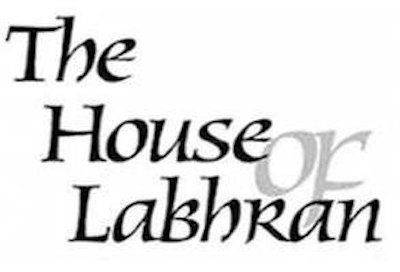Antique Regimental Sgian Dubhs
Antique Regimental Sgian Dubhs - Like many of our clients and collectors we have a passion for antique and vintage Scottish sgian dubhs. The regimental sgian dubhs have defined patterns, even though over the years the style has changed slightly over the years. We have grouped three brass regimental sgian dubhs to show some of the variations from a similar period of time.
Antique Regimental Sgian Dubhs - Left to right -Cameron Highlanders - Seaforth Highlanders - Black Watch Royal Highlanders
Cameron Highlanders - The classic regimental sgian dubh is in brass or gold plate on sterling silver ( the Volunteer TA battalion version is in silver or white metal ) The hilt bears a Sphinx with or without the Egypt battle honour depend on the age, format of the sgian dubh.
Seaforth Highlanders - The classic regimental sgian dubh is in brass or gold plate on sterling silver ( the Volunteer TA battalion version is in silver or white metal ) The hilt bears a variation of the St Andrew badge ' The wee Jimmy', On the Seaforth Highlanders badge St Andrew stands in front of the cross. Unlike the Black Watch St Andrew badge it over lays a carved star shaped badge on the hilt and is centred on the hilt.
Black Watch Royal Highlanders - The classic regimental sgian dubh is in brass or gold plate on sterling silver ( the Volunteer TA battalion version is in silver or white metal ) The hilt bears the St Andrew badge ' The wee Jimmy'. On the Black Watch badge St Andrew stands behind the cross. Unlike the Seaforth Highlanders the St Andrew badge is on the lower part of the hilt.
The Gaelic sgian dubh meaning “black knife”, where “black” may refer to the usual colour of the handle of the knife. It is also suggested that “black” means secret, or hidden, as in the word blackmail. This is based on the stories and theories surrounding the knife’s origin and the meaning of “Dubh” in Gaelic, in particular those associated with the Highland custom of depositing weapons at the entrance to a house prior to entering as a guest. Despite this practice, a small twin edged-dagger, (‘Mattucashlass’), concealed under the armpit, combined with a smaller knife, (‘Sgian dubh’).
Antique Regimental Sgian Dubhs - Left to right -Cameron Highlanders - Seaforth Highlanders - Black Watch Royal Highlanders


